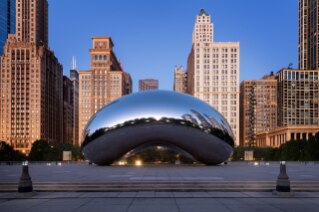-
Sections
-
Keywords
15 architectural icons that no longer exist
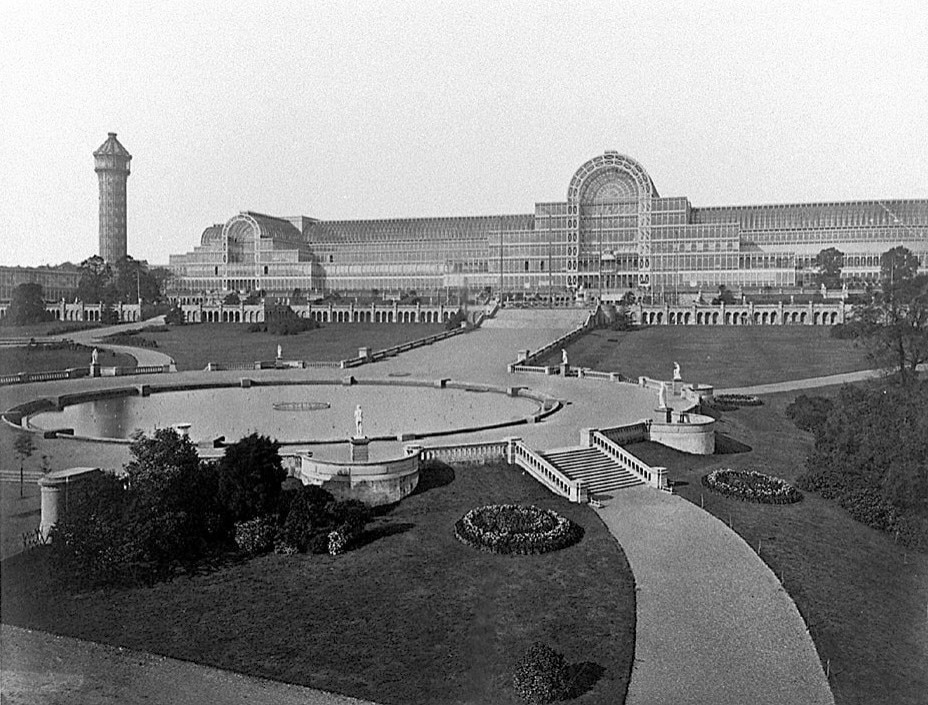
Joseph Paxton, Crystal Palace, London, Great Britain (1851-1936)
Built as part of the 1851 London World's Exhibition to highlight the qualities of emerging technologies in glass and steel, the Pavilion was originally installed in Hyde Park, before being moved to another part of the town. Destroyed by fire in 1936, it inspired many other buildings that made lightness and transparency a plus in spite of the bulky architecture of the past.
Photo by Philippe Henry Delamotte on wikimedia commons
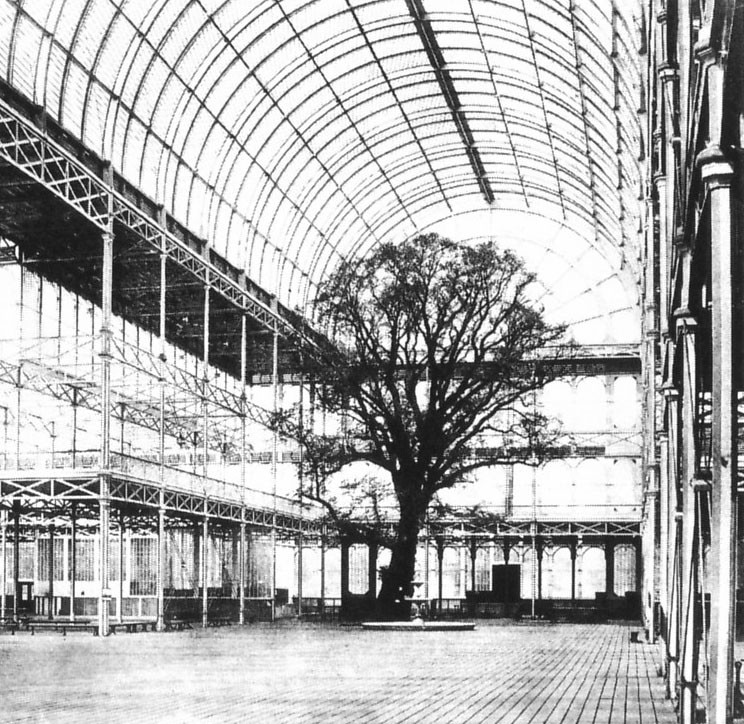
Joseph Paxton, Crystal Palace, London, Great Britain (1851-1936)
Photo on wikimediacommons
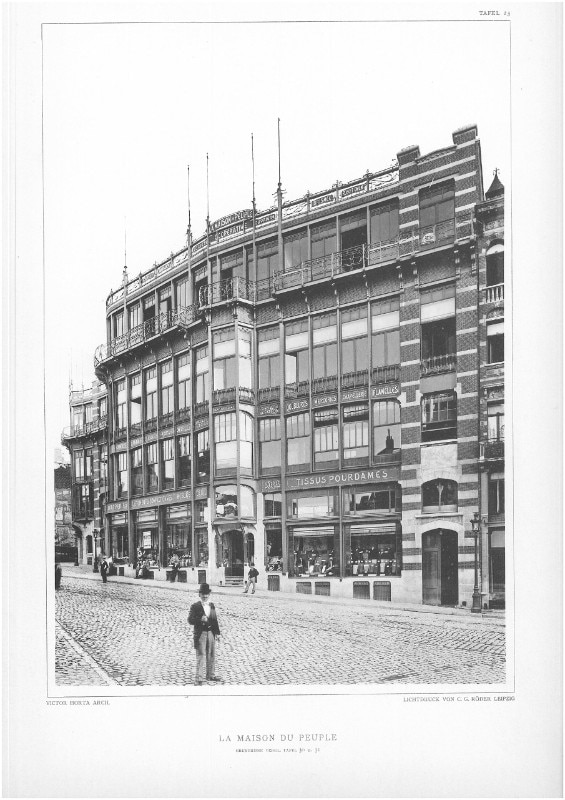
Victor Horta, La Maison du Peuple, Brussels, Belgium (1896 -1965)
The Art Nouveau complex, commissioned by the Belgian Workers’ Party, was distributed over four floors in an irregular plot and was characterised by maximum functionality and ornamental sobriety (unlike other Horta's achievements). The building was demolished in 1965 and replaced by a skyscraper, not without controversy at what was considered an architectural crime.
Photo on wikimedia commons
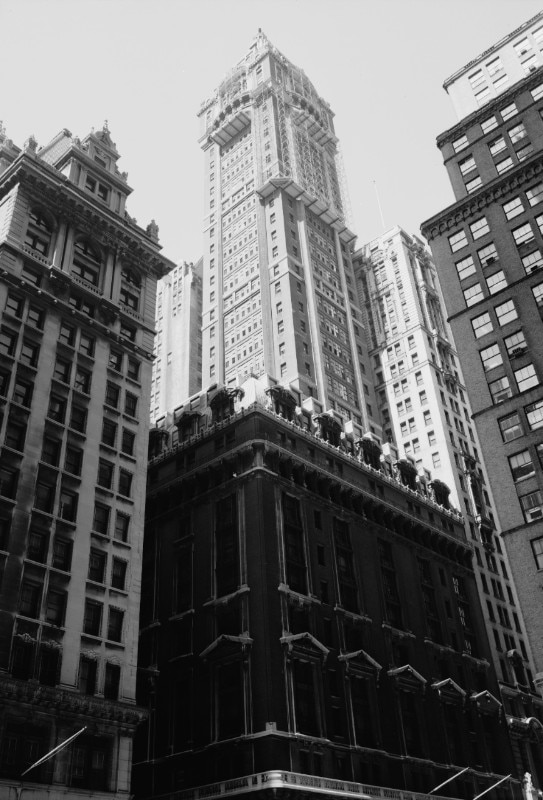
Ernest Flag, Singer Building, New York, USA (1899-1969)
The 187m, 47-storey building that housed the headquarters of the Singer Manufacturing Company, a famous sewing machine manufacturer, was in the years following its construction the tallest building in the world and a strongly recognised landmark in Manhattan. Community efforts to have it recognised as a historical landmark were useless: it was demolished in the late 1960s and replaced by the current One Liberty Plaza.
Photo by Jack E. Boucher on wikidata
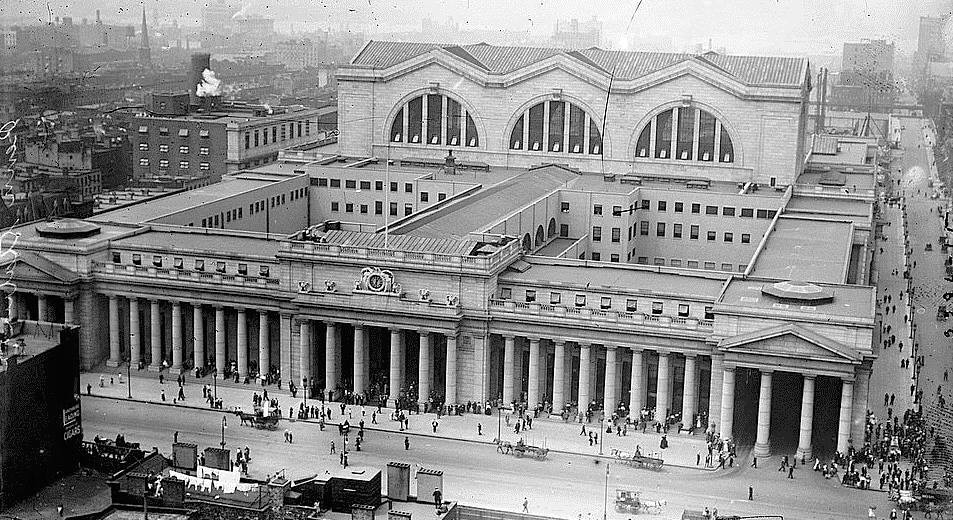
McKim, Mead & White, Pennsylvania Station, New York, USA (1910-1963)
The Beaux Arts style building, originally a hub in early 20th century New York and a community landmark, was demolished in 1963 due to declining rail transit flows. In its place there is Madison Square Garden and the current version of Penn Station.
Photo on wikimedia commons
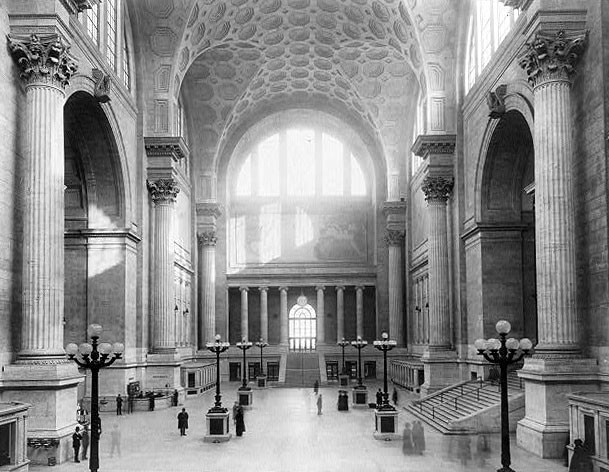
McKim, Mead & White, Pennsylvania Station, New York, USA (1910-1963)
Photo on wikimedia commons
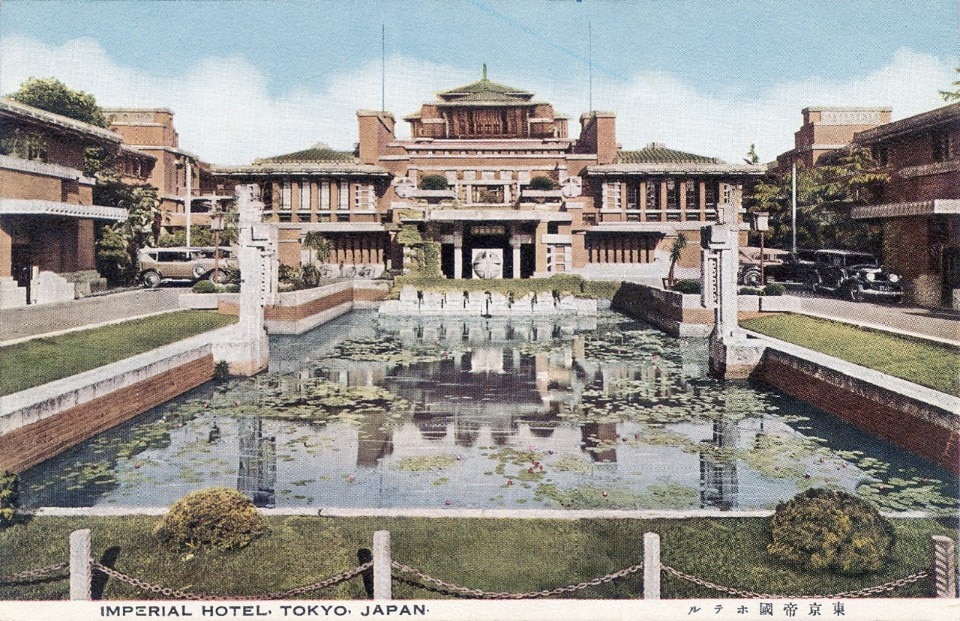
Frank Lloyd Wright, Imperial Hotel, Tokyo, Japan (1923-1967)
The complex was designed by the master of organic architecture, here still influenced by the Mayan revivalism that he was also experimenting with in the same years in Ennis House in Los Angeles. Having survived earthquakes, the timeworn building was demolished in 1963 to make way for the third version of the hotel.
Photo on wikimedia commons
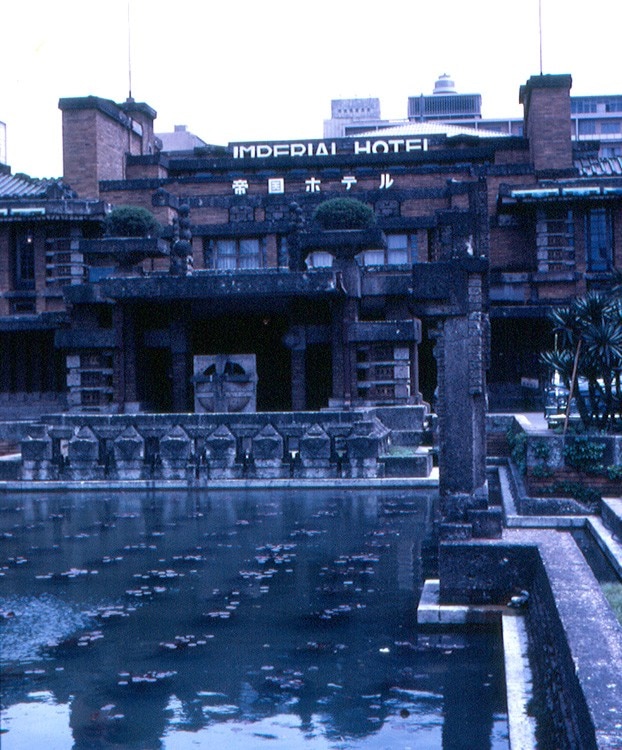
Frank Lloyd Wright, Imperial Hotel, Tokyo, Japan (1923-1967)
Photo by Roger W on CreativeCommons
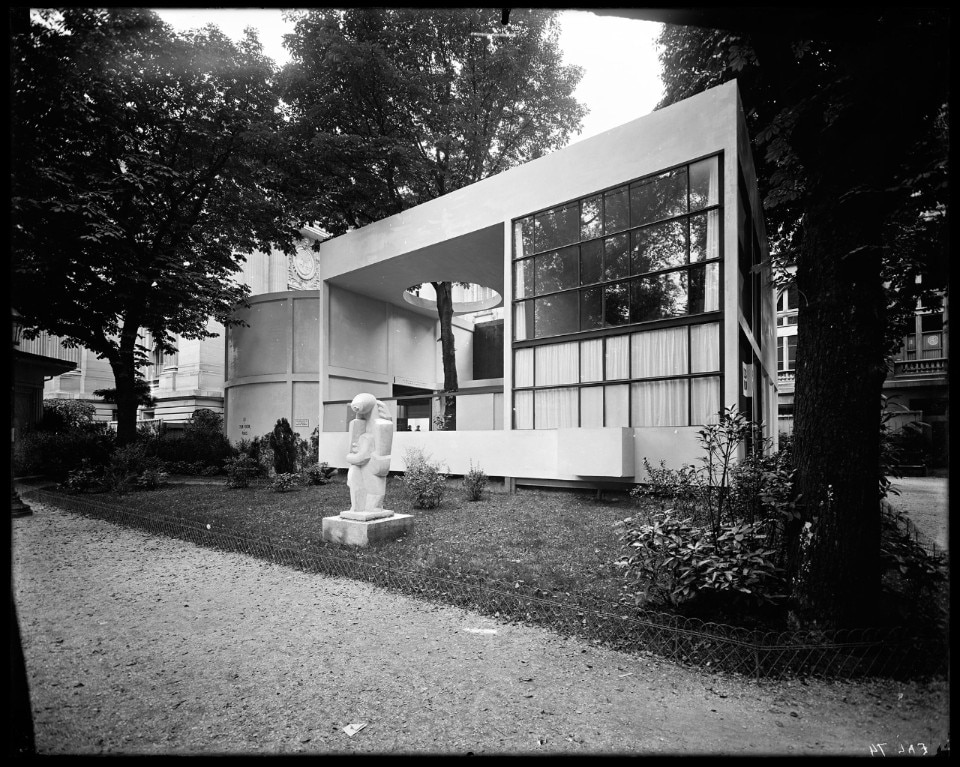
Le Corbusier, Esprit Nouveau Pavilion, Paris, France 1925
The Pavilion, conceived for the 1925 International Exhibition of Decorative Arts in Paris, was a full-scale prototype of a standardised dwelling composed of mass-produced elements, which aimed to promote the benefits of efficient and inexpensive technologies to meet housing demand and the need for quality housing in cities. It was widely opposed by the organisers of the event who tried to conceal it because of the disruptive, revolutionary message and explicit disavowal of Art Deco that the Expo represented. Decades after it was dismantled, a faithful copy was reconstructed in 1977 in Bologna, which now houses an exhibition venue.
Photo on wikimedia commons
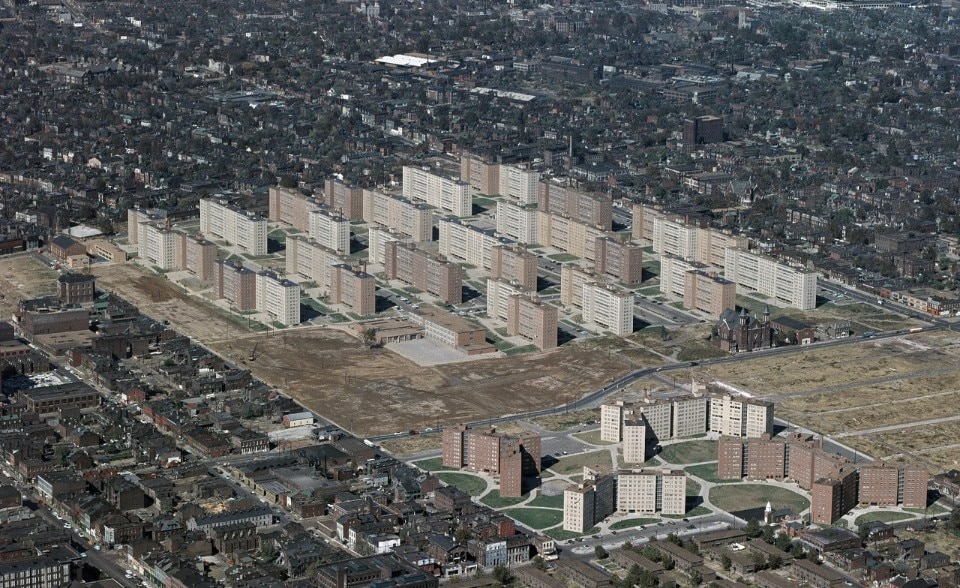
Minoru Yamasaki, Pruitt-Igoe, Saint Louis, USA (1955-1974)
The large social housing project was conceived to meet the city's pressing housing need in the post-war years. In the period immediately following its construction, living conditions in the complex slowly began to decline into deep socio-economic and environmental degradation. The demolition of the 33 mammoth buildings took place between 1972 and 1974 and was accompanied by an intense debate on public social housing policies that regarded the housing complex as an obvious symbol of national failure. The demolition of the Pruitt-Igoe was one of the first demolitions of modern architectural buildings and was described by architectural theorist and historian Charles Jencks as "the day modern architecture died".
Photo United States Geological Survey – United States Geological Survey from Wikipedia
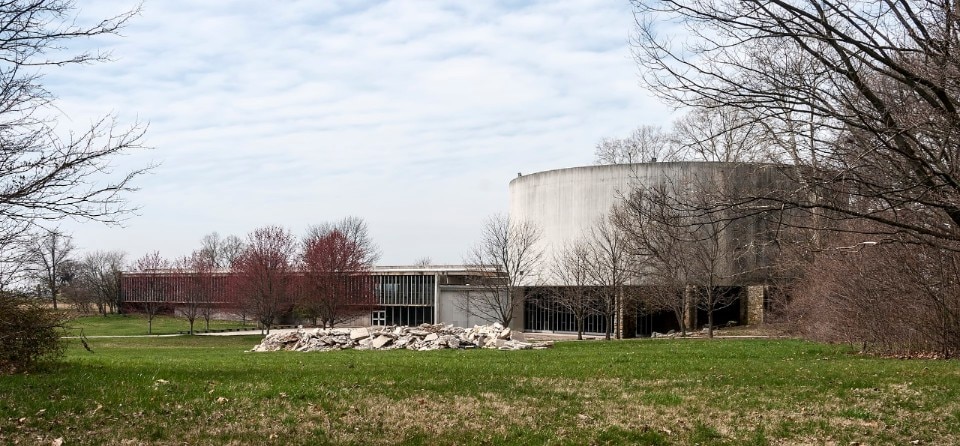
Richard Neutra, Gettysburg Cyclorama, Gettysburg, Pensylvania, USA (1958-2013)
Designed by one of the pioneers of Californian modernism, the visitor centre at the site of the Battle of Pickett's Charge during the American Civil War in 1863 housed an 1883 cyclorama by Paul Philippoteaux and an observation deck. Due to high maintenance and restoration costs, the building was demolished despite public protests and the fact that it was considered a site of outstanding historical and architectural importance.
Photo by Acroterion on wikimedia commons
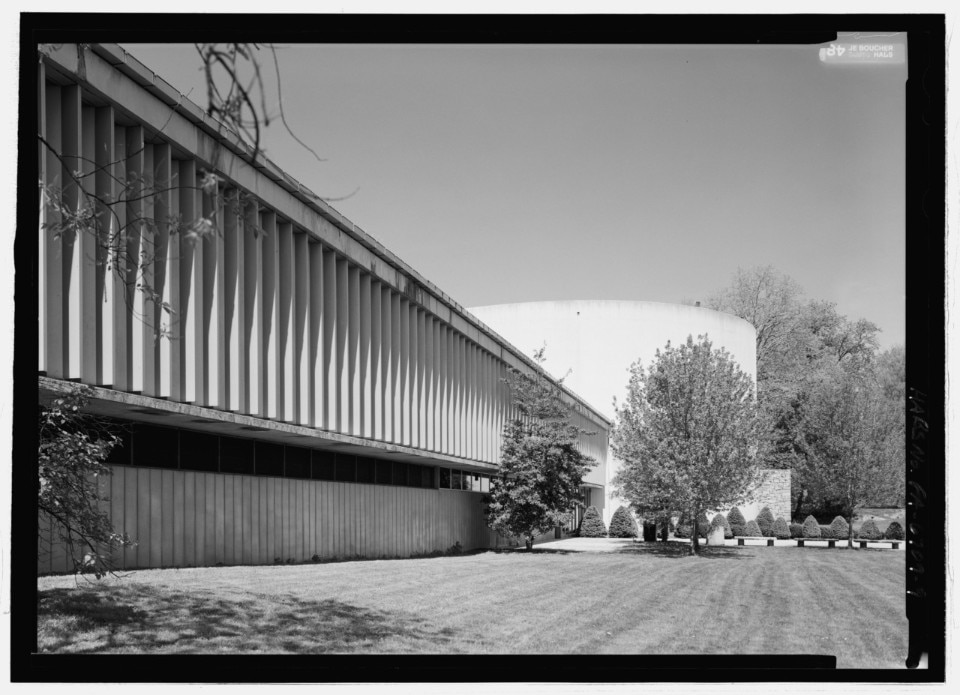
Richard Neutra, Gettyburg Cyclorama, Gettysburg, Pensylvania, USA (1958-2013)
Photo by Jack Boucher on wikimedia commons
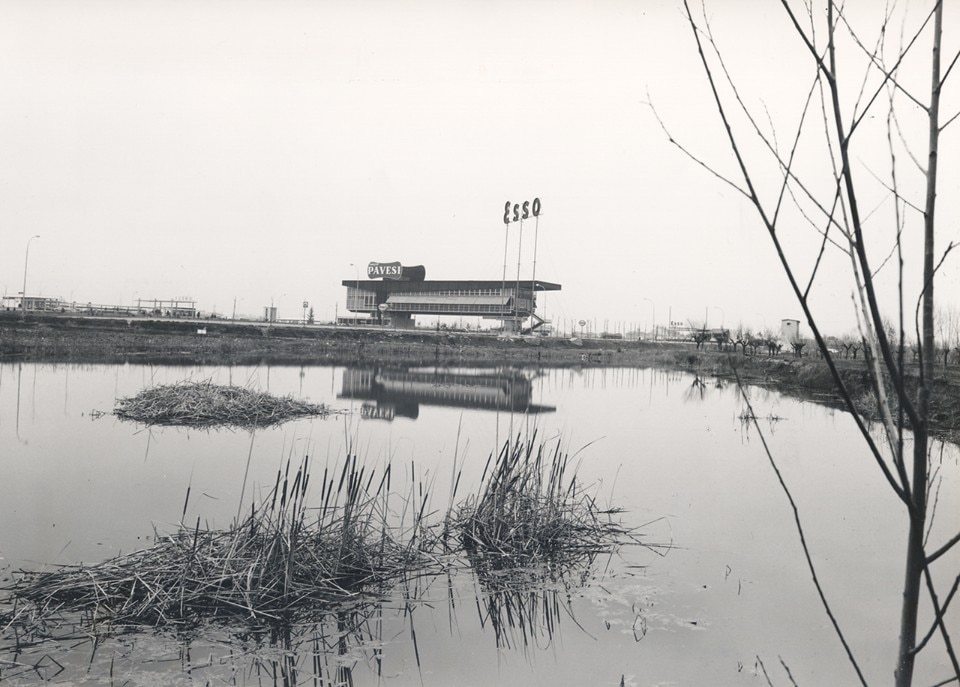
Angelo Bianchetti, Autogrill Pavesi, Montepulciano, Siena, Italy (1967-2021)
In the era of the economic boom in which Italy looked to the future with optimism and freedom sped by on four wheels, in the footsteps of the American way of life, the Pavesi bridge-type autogrill between the Bettolle-Valdichiana and Chiusi-ChiancianoTerme tollbooths was a point of reference for tourists, holidaymakers and commuters who savoured a moment of relaxation here. Autostrade per l’Italia is replacing it with two turrets, more functional, less poetic. A memory of a somewhat naive and happily dreamy past that is unlikely to return
Photo on wikimedia commons
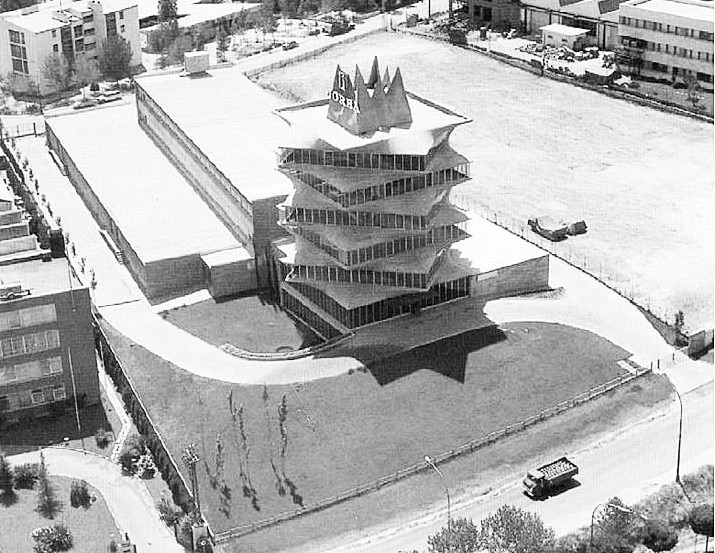
Miguel Fisac, Laboratorios Jorba, Madrid, Spain (1970-1999)
The building on the outskirts of Madrid was an example of the balance between lightness and materiality: the articulation of the floors, staggered 45 degrees apart, suggested the image of an Asian temple (the building was commonly referred to as 'the Pagoda') while the virtuosic use of rough concrete with traces of wooden formwork winked at Brutalism. Not recognised as a historical asset to be protected, it was demolished in 1999 to make way for a new tertiary building.
Photo on wikimedia commons
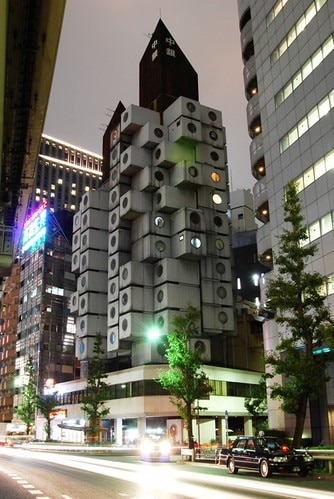
Kisho Kurokawa, Nakagin Capsule Tower Building, Tokyo, Japan (1972-2022)
This mixed-use (residential and tertiary) complex is considered one of the most representative examples of the Japanese Metabolist movement, which saw the city and society as living organisms in continuous growth and transformation, to whose needs only technology could provide concrete answers. The intervention consisted of two interconnected towers containing 140 prefabricated, independent capsules, each replaceable every 25 years. Severely degraded over the years, it was demolished due to the high costs for its renovation.
Photo by Scarletgreen on CreativeCommons
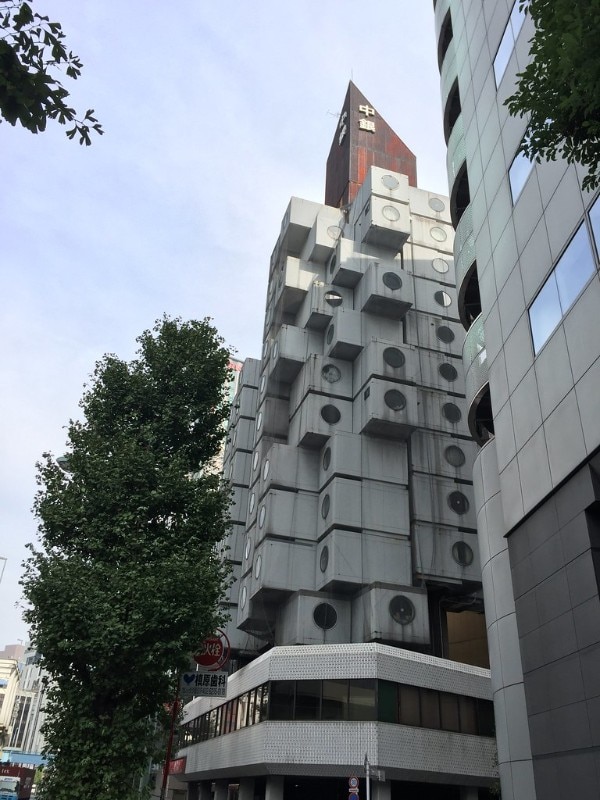
Kisho Kurokawa, Nakagin Capsule Tower Building, Tokyo, Japan (1972-2022)
Photo by Ncole458 on CreativeCommons
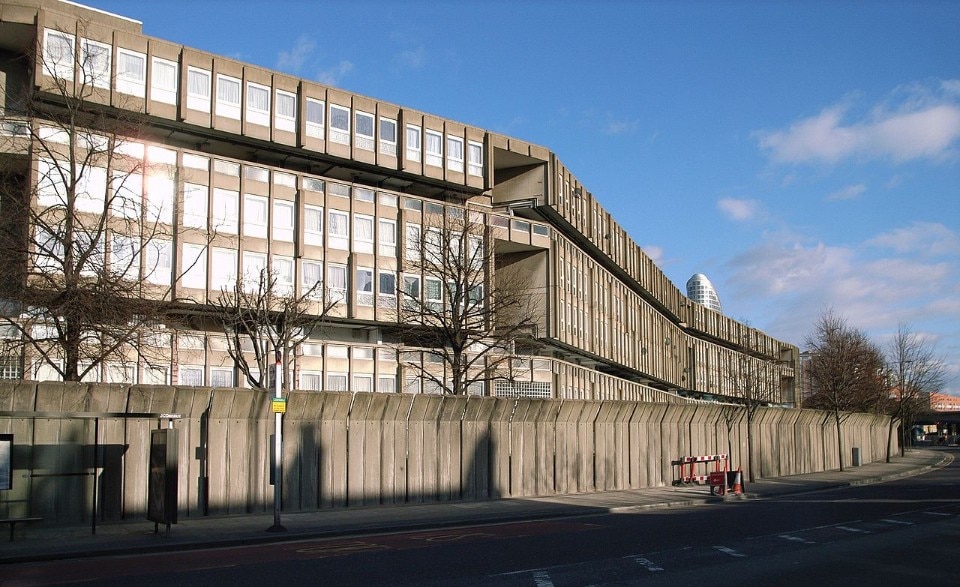
Alison & Peter Smithson, Robin Hood Gardens, London, UK (1972-2017)
The mammoth precast concrete complex consisted of two buildings (10 and 7 storeys, totalling 213 flats). Conceived as a manifesto of progressive social housing in opposition to the rigidity of the Modern Movement, the Smithsons' project developed the theme of collective housing in close connection with that of public space (from the vast central open space to the distributive paths at height) as an essential hub of community life and sociability. Although authoritative voices were raised to prevent its dismantling due to its advanced state of decay, the work was demolished: on the occasion of the 16th International Architecture Exhibition, the Victoria and Albert Museum in London exhibited a fragment of a façade of the complex in the Pavilion of Applied Arts.
Photo by Stevecadman on wikimedia commons
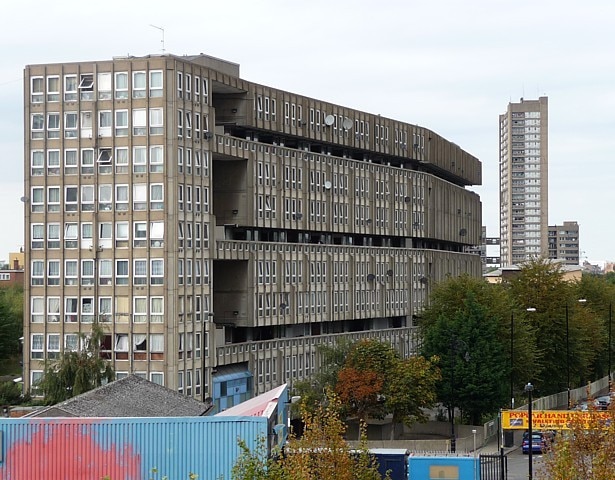
Alison & Peter Smithson, Robin Hood Gardens, London, UK (1972-2017)
Photo by Stephen Richards on wikimedia commons
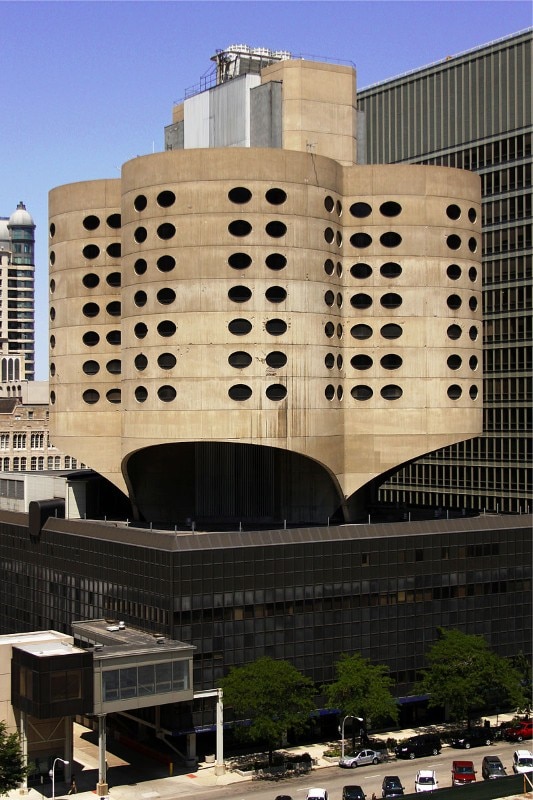
Bertrand Goldberg, Prentice Women's Hospital and Maternity Center, Chicago, USA (1973-2013)
The Brutalist complex was characterised by a 9-storey concrete quatrefoil tower with oval windows, cantilevered over a 5-storey rectangular body. Used as a maternity centre, with medical stations in the central core and patient wards in the four lobes, the complex curvilinear structure entered building history through the use of early computer-aided design techniques. The building was razed in 2013 when the owners, Northwestern University, needed to locate new medical research facilities in the area.
Photo by Umbugbene on wikipedia

Minoru Yamasaki, World Trade Center, New York, USA (1973-2001)
At 417m and 415m high, the twin towers were the tallest buildings in the world when they opened. The complex, built with the aim of revitalising Lower Manhattan, was inspired by the 1939 New York World's Fair exhibition, called the World Trade Center, based on an idea of global peace pursued through trade (a vision difficult to realise and drastically disregarded by history). The story of their destruction, due to the terrorist attack of 11 September 2001, is sadly well known.
Photo by pingnews.com on CreativeCommons

OMA, Netherlands Dance Theatre, The Hague, The Netherlands (1987-2015)
The complex in the centre of The Hague, in a rapidly changing area, housed not only the dance theatre designed by OMA, but also a concert hall and a hotel by other designers. The theatre was divided into three parallel programmatic zones: the stage area and the 1,001-seat auditorium; the central area with the rehearsal studios; the area of the offices, dressing rooms and dancers' common rooms. The theatre had a structure of steel beams and girders, using metal cladding with sheet rock covered with stucco, marble and gold foil. The roof had a self-supporting structure of a double layer of trapezoid folded sheet steel.
Photo by Rory Hyde on Flickr
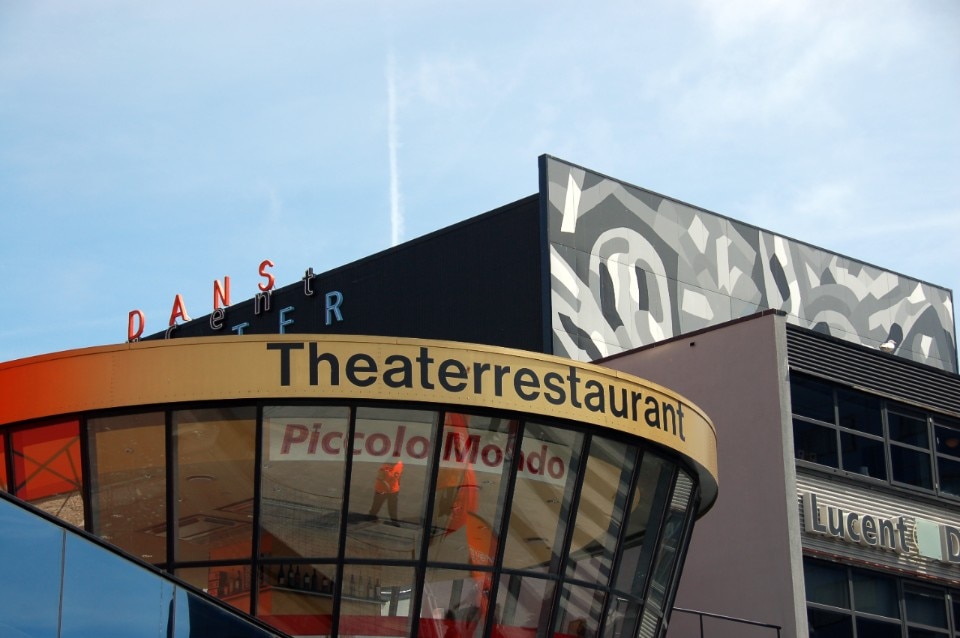
OMA, Netherlands Dance Theatre, The Hague, The Netherlands (1987-2015)
Photo by Ralf Roletschek (talk) on wikipedia


